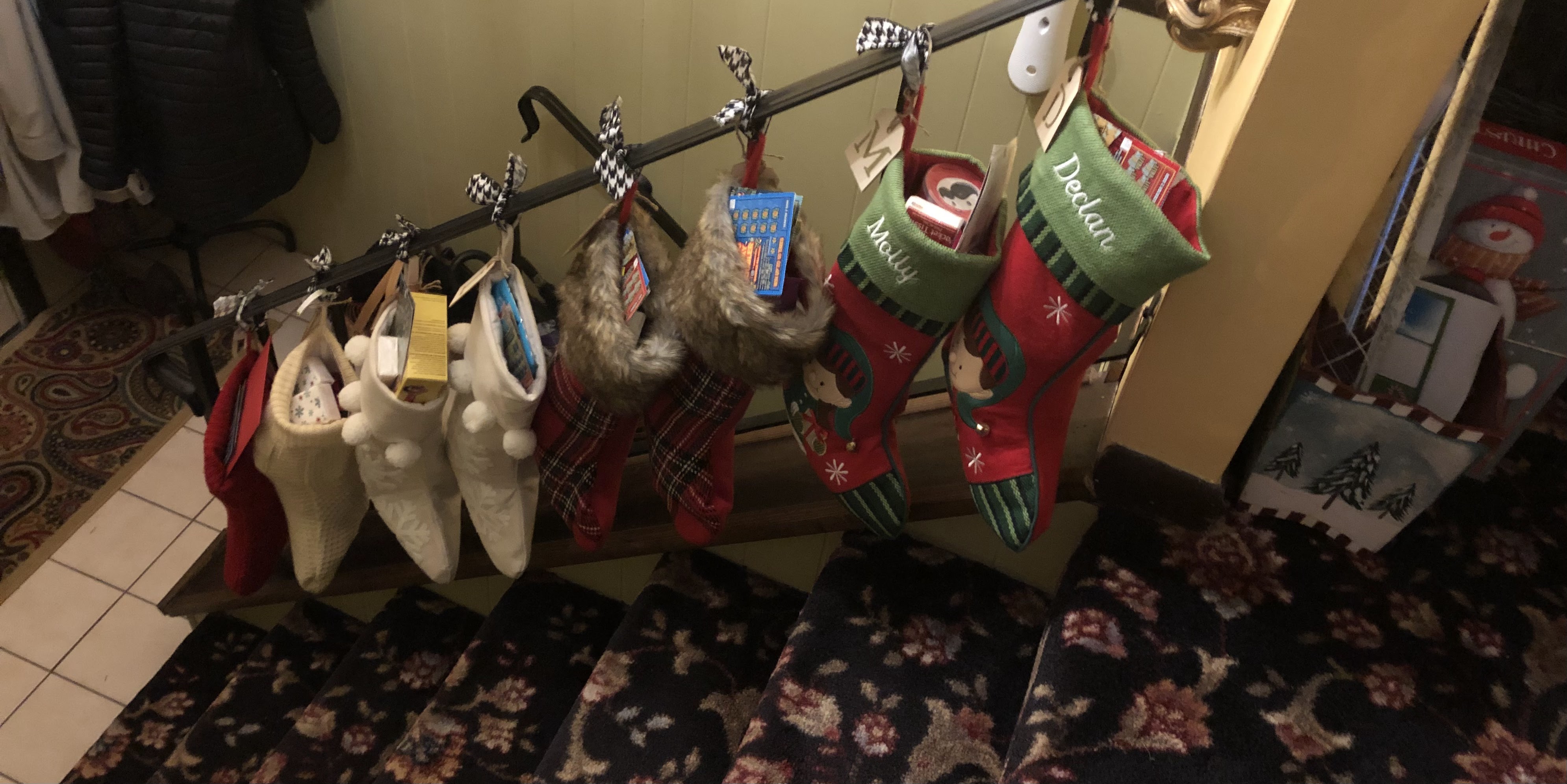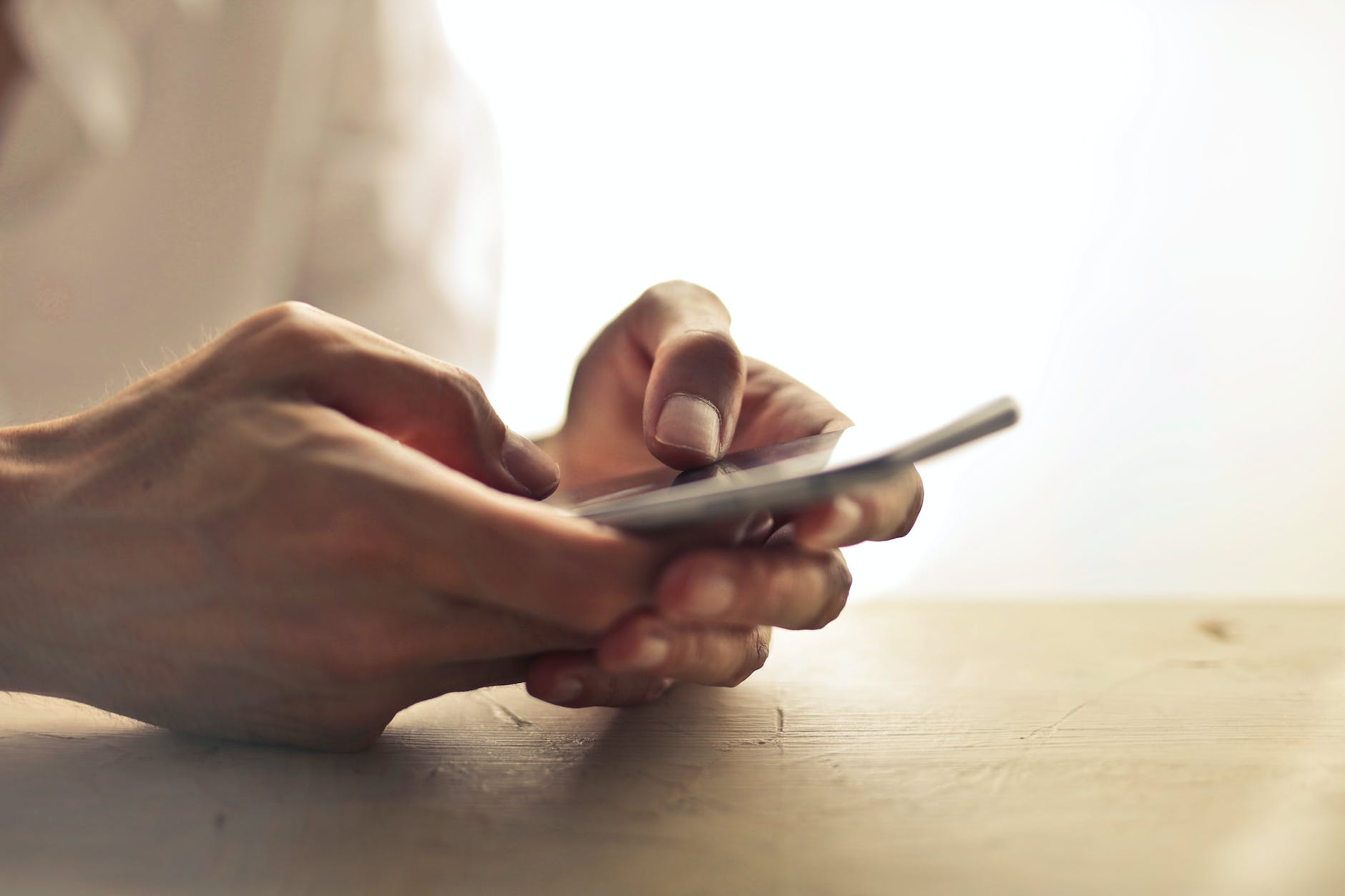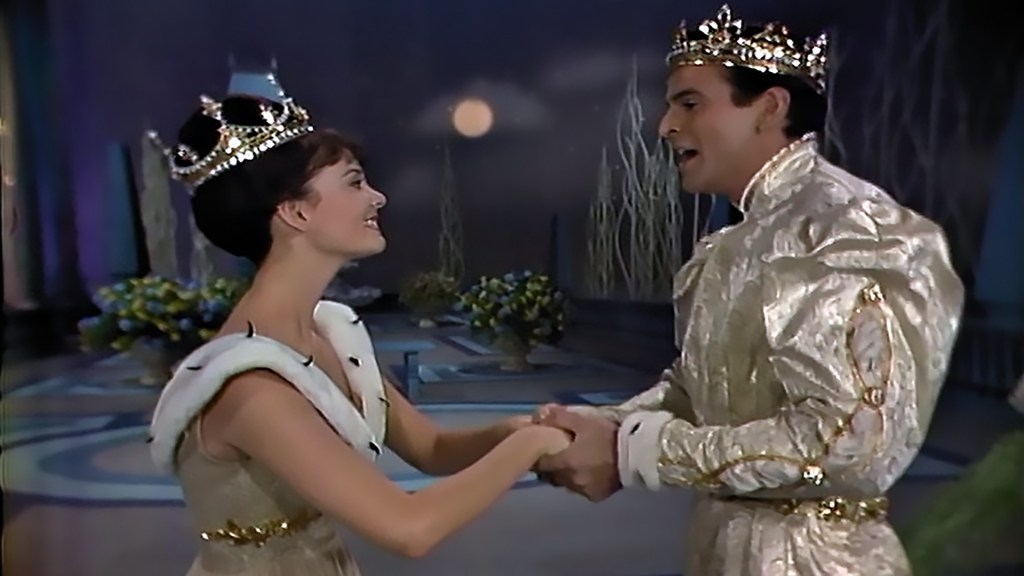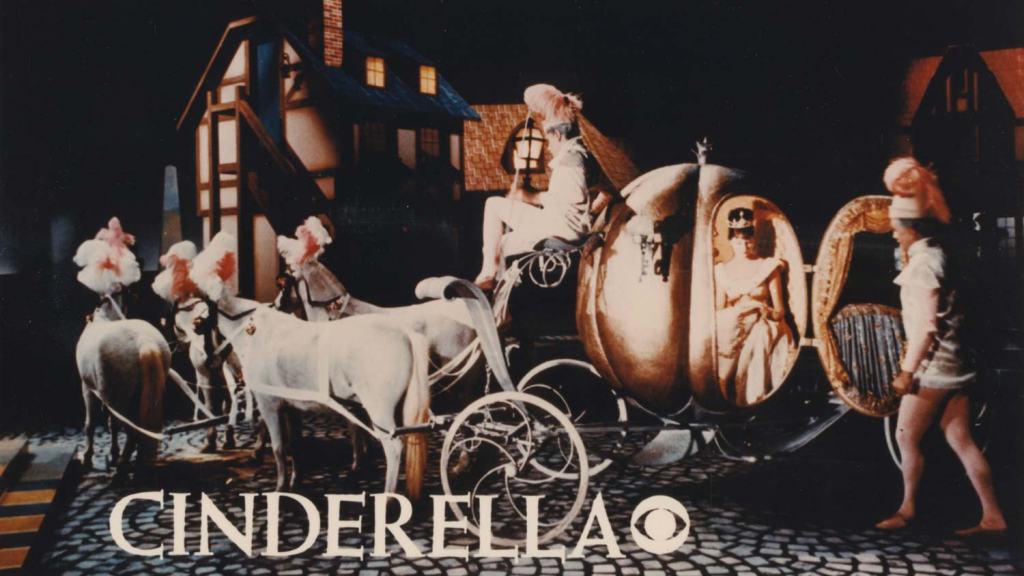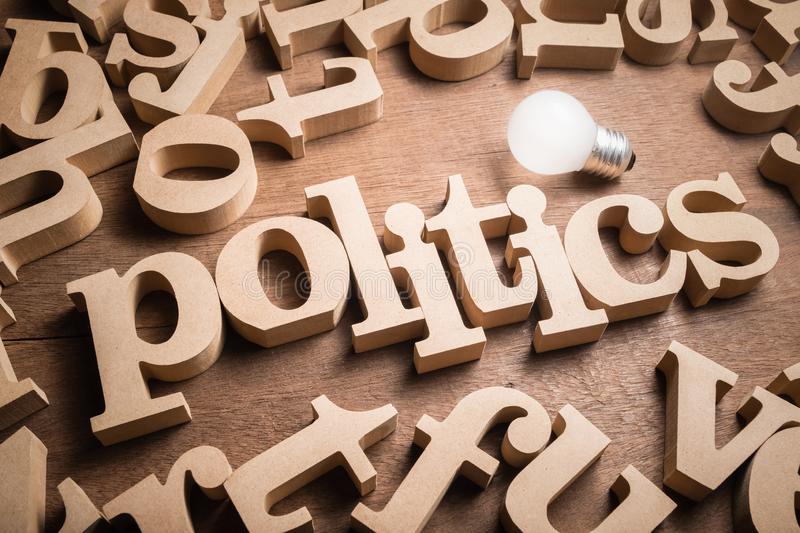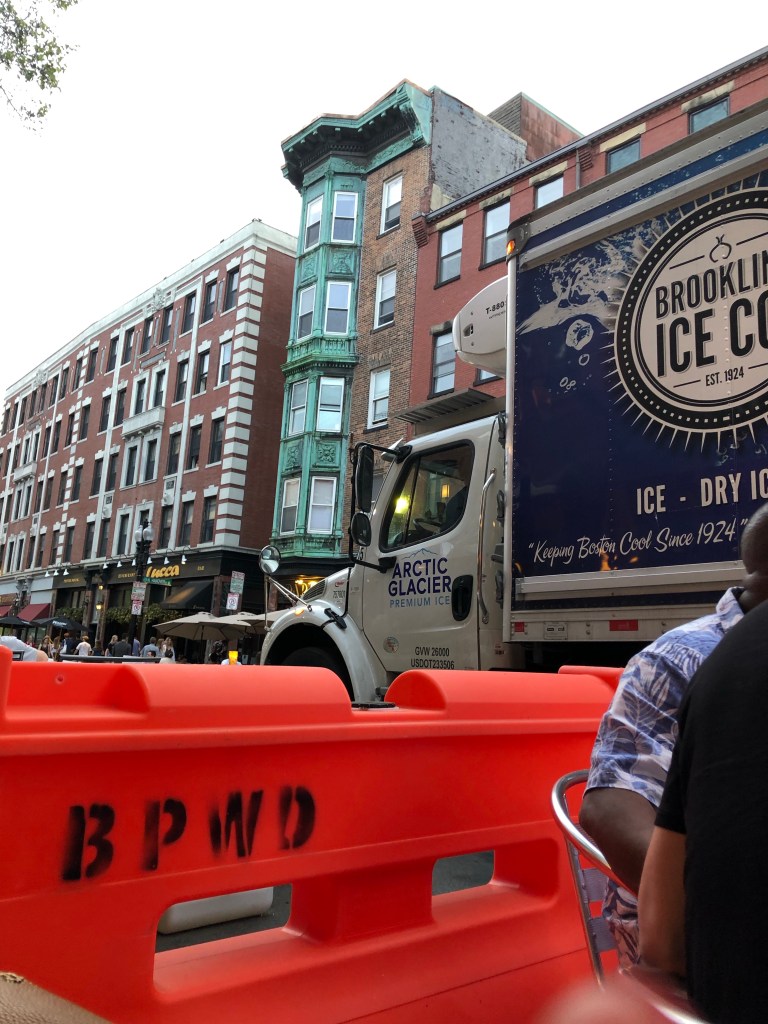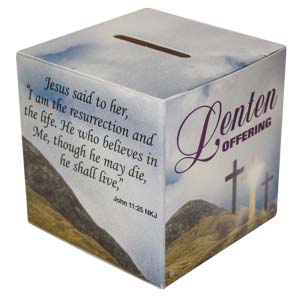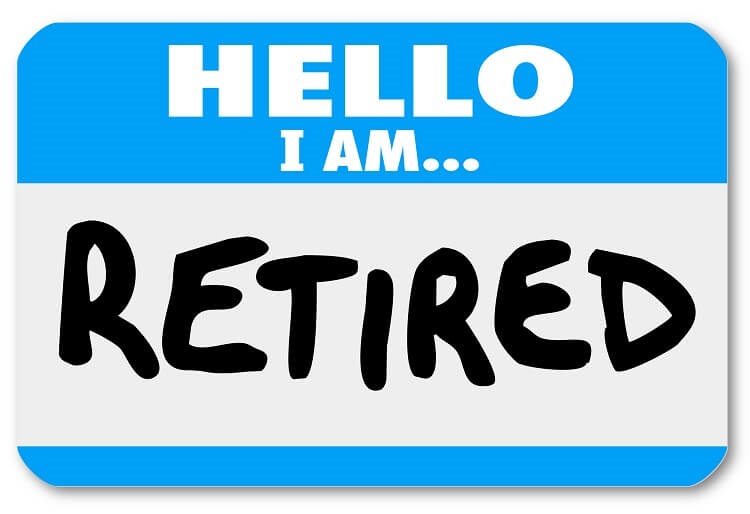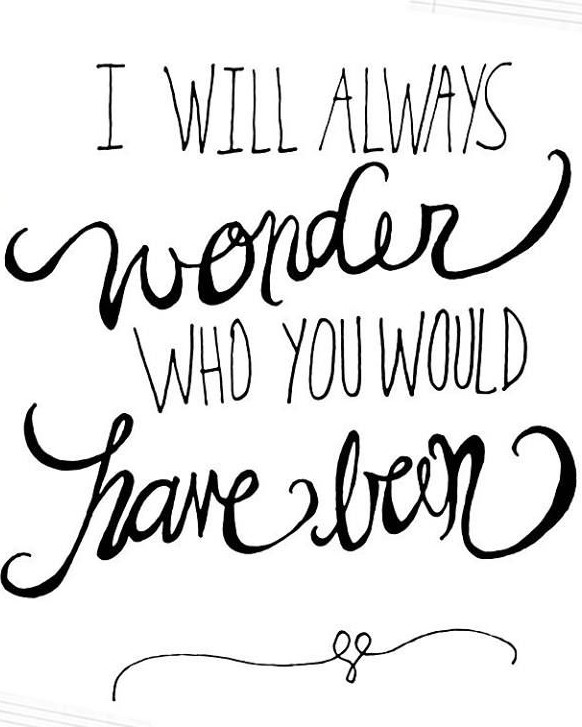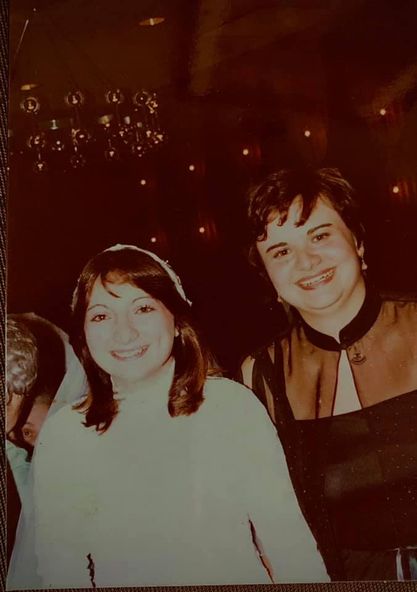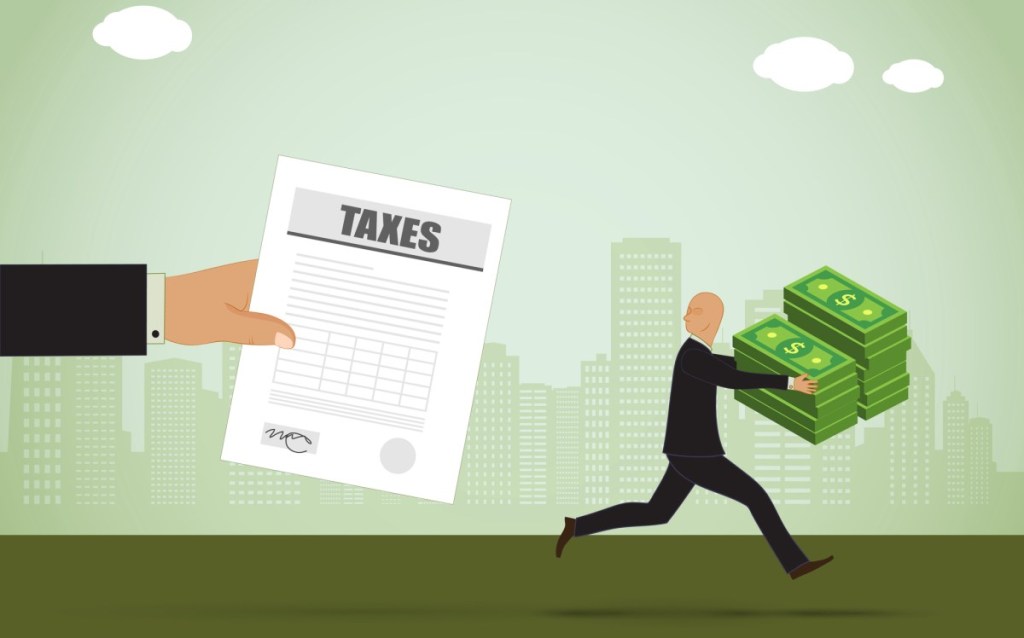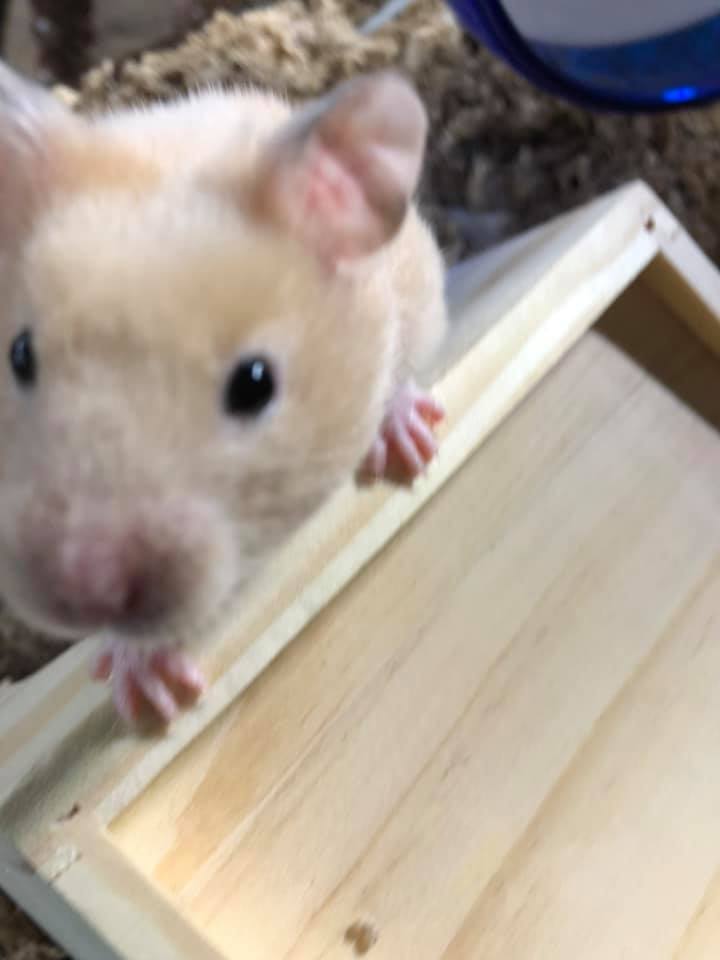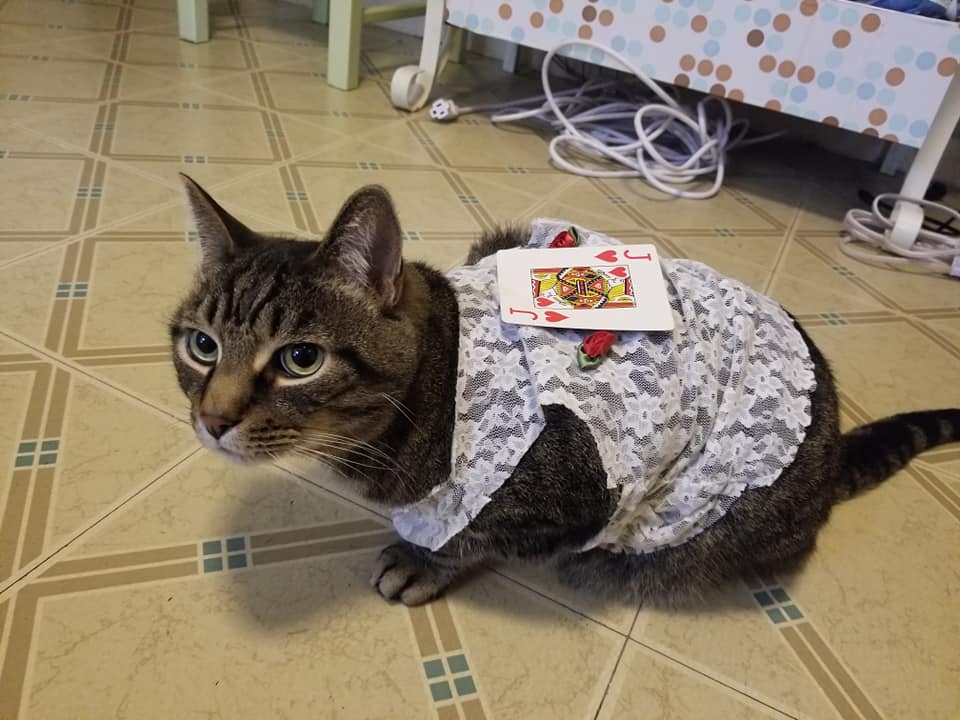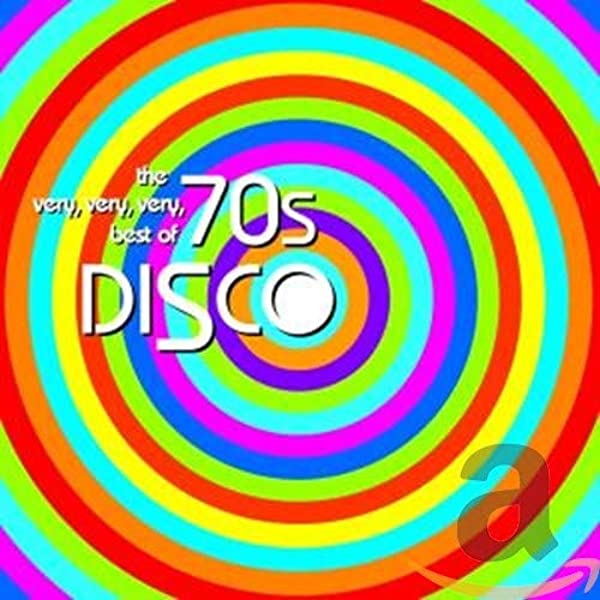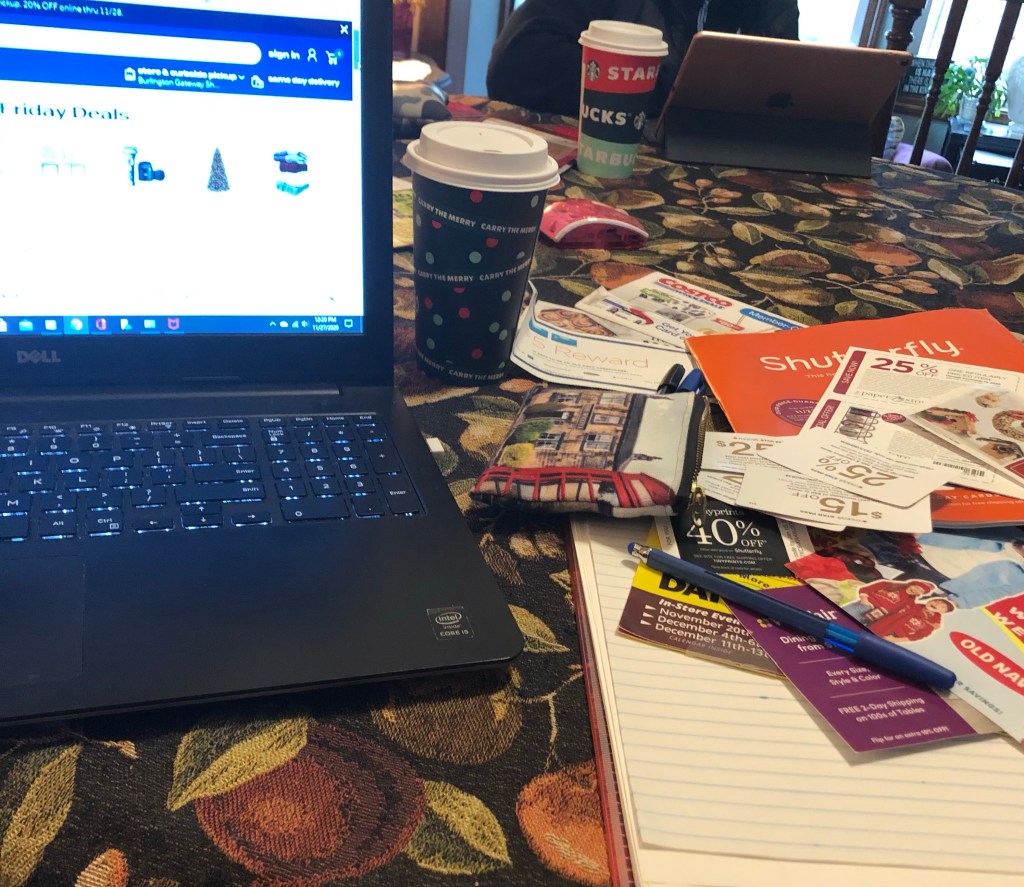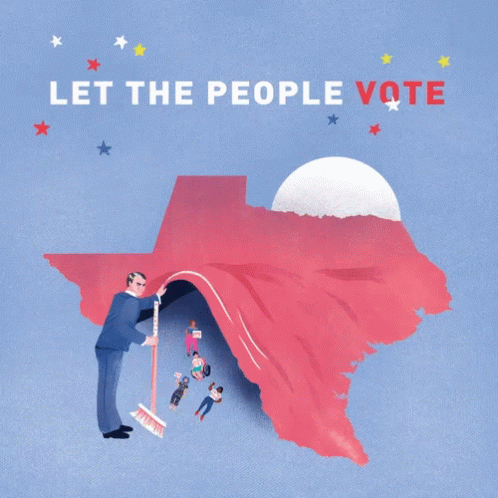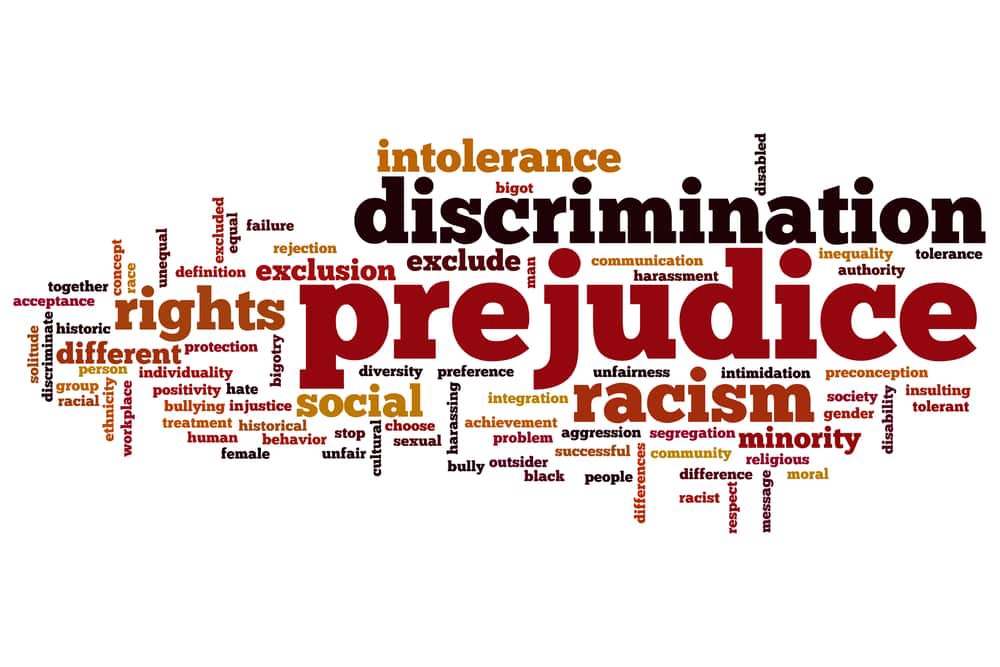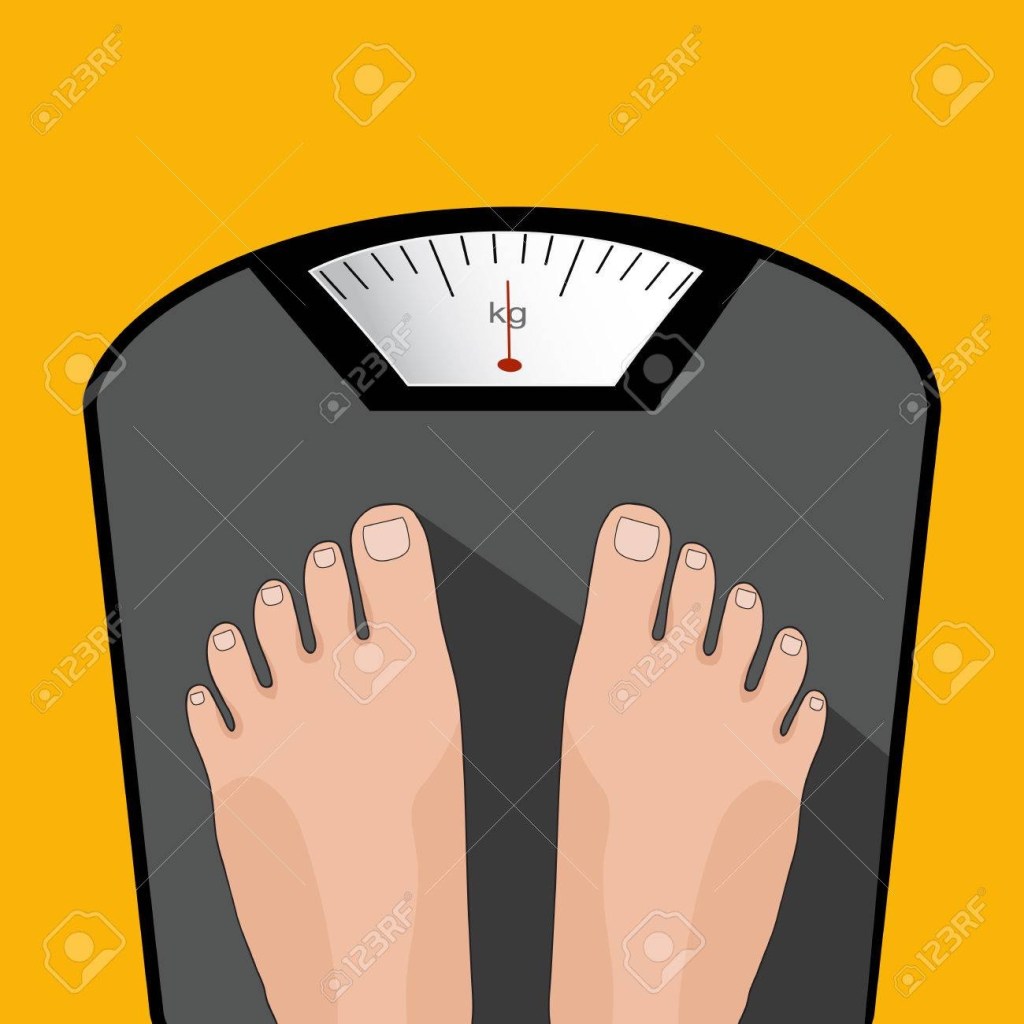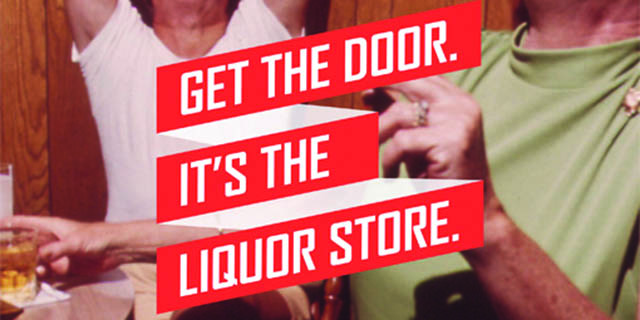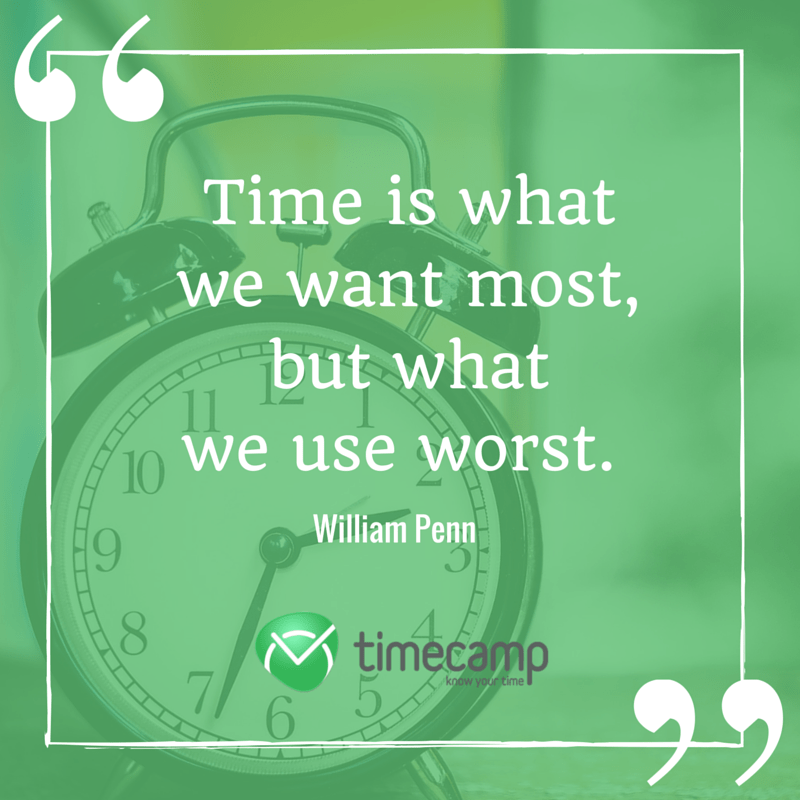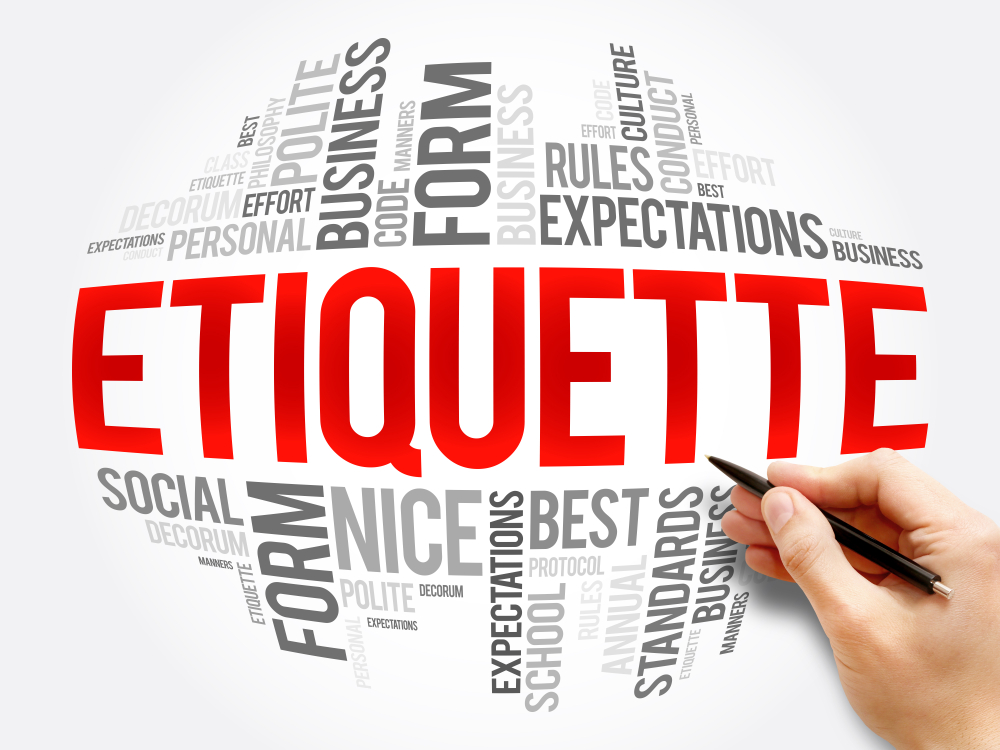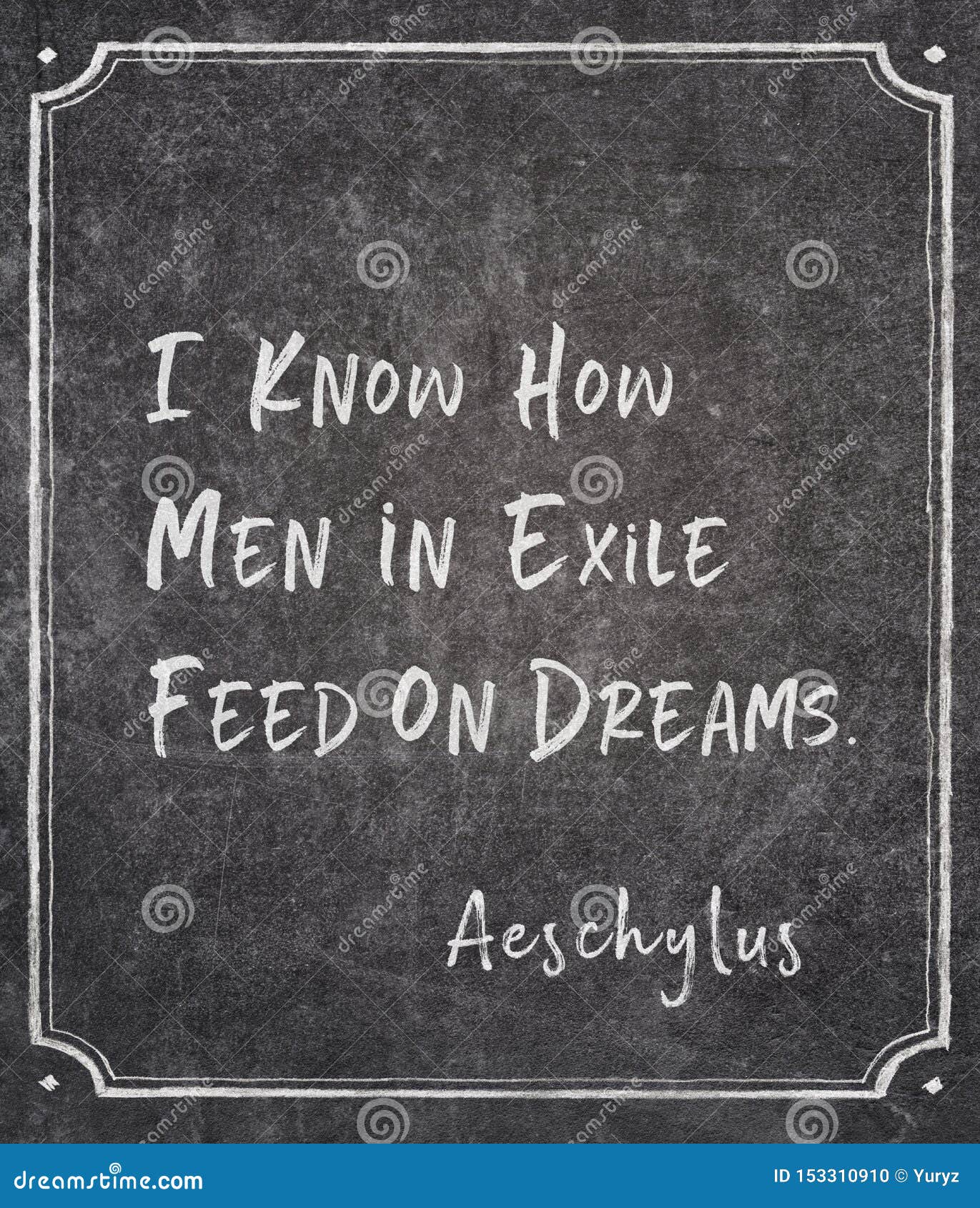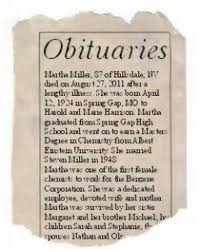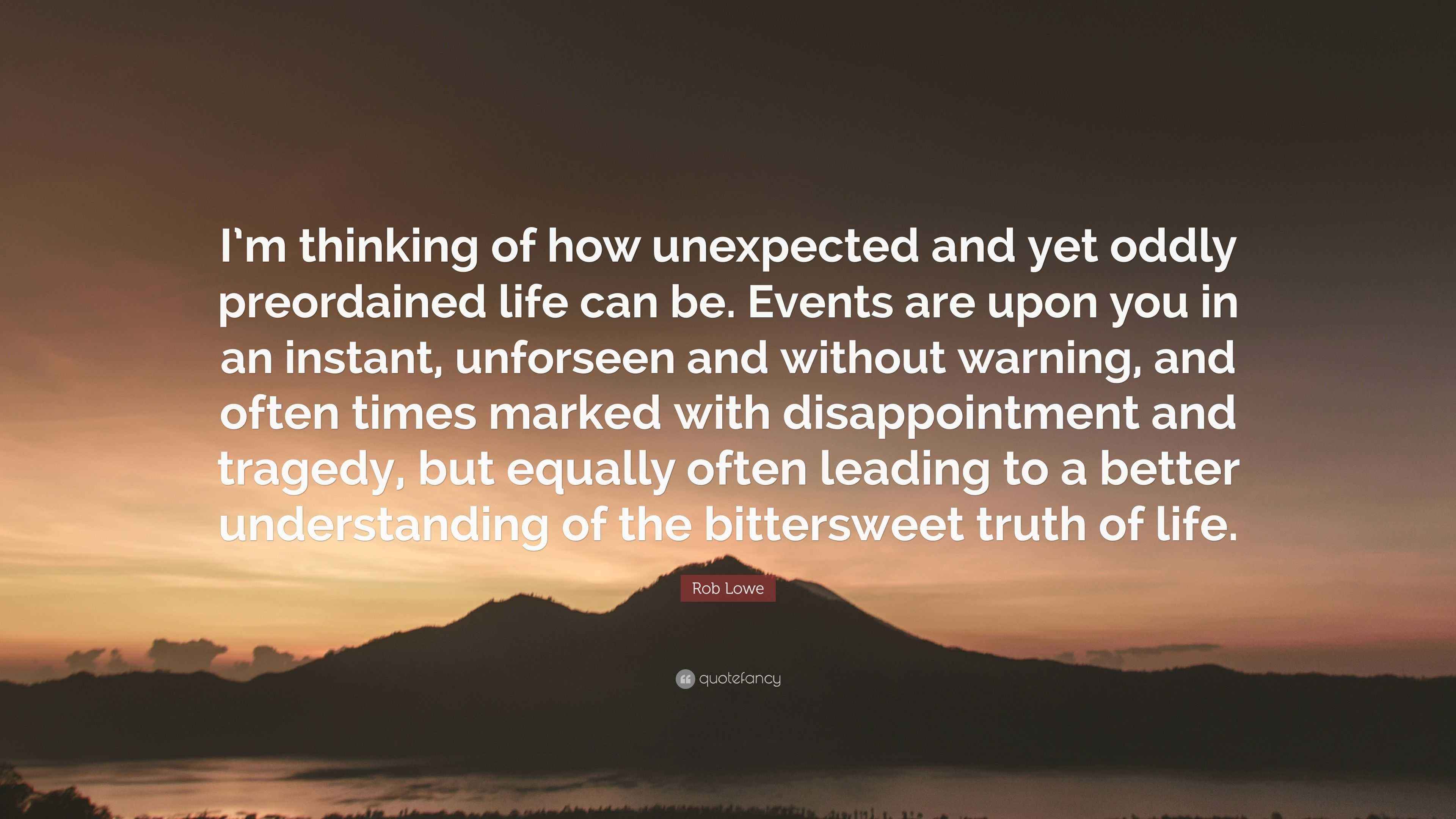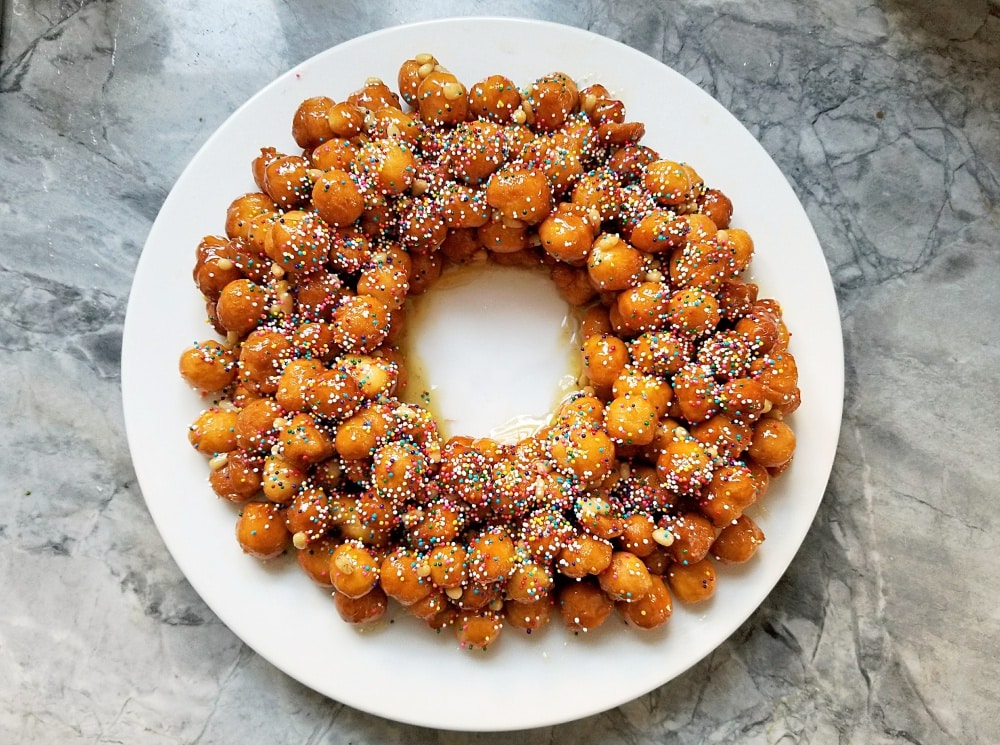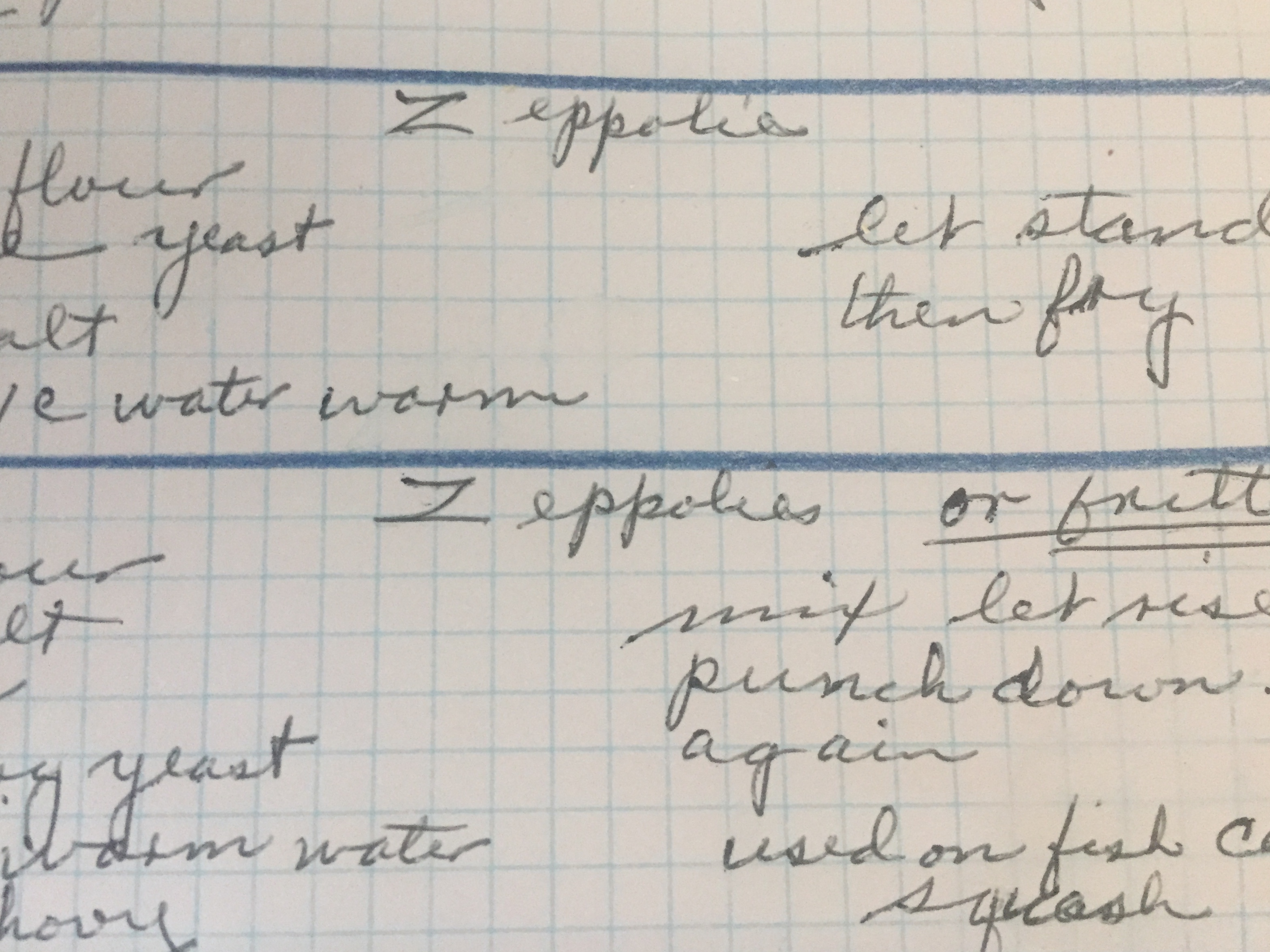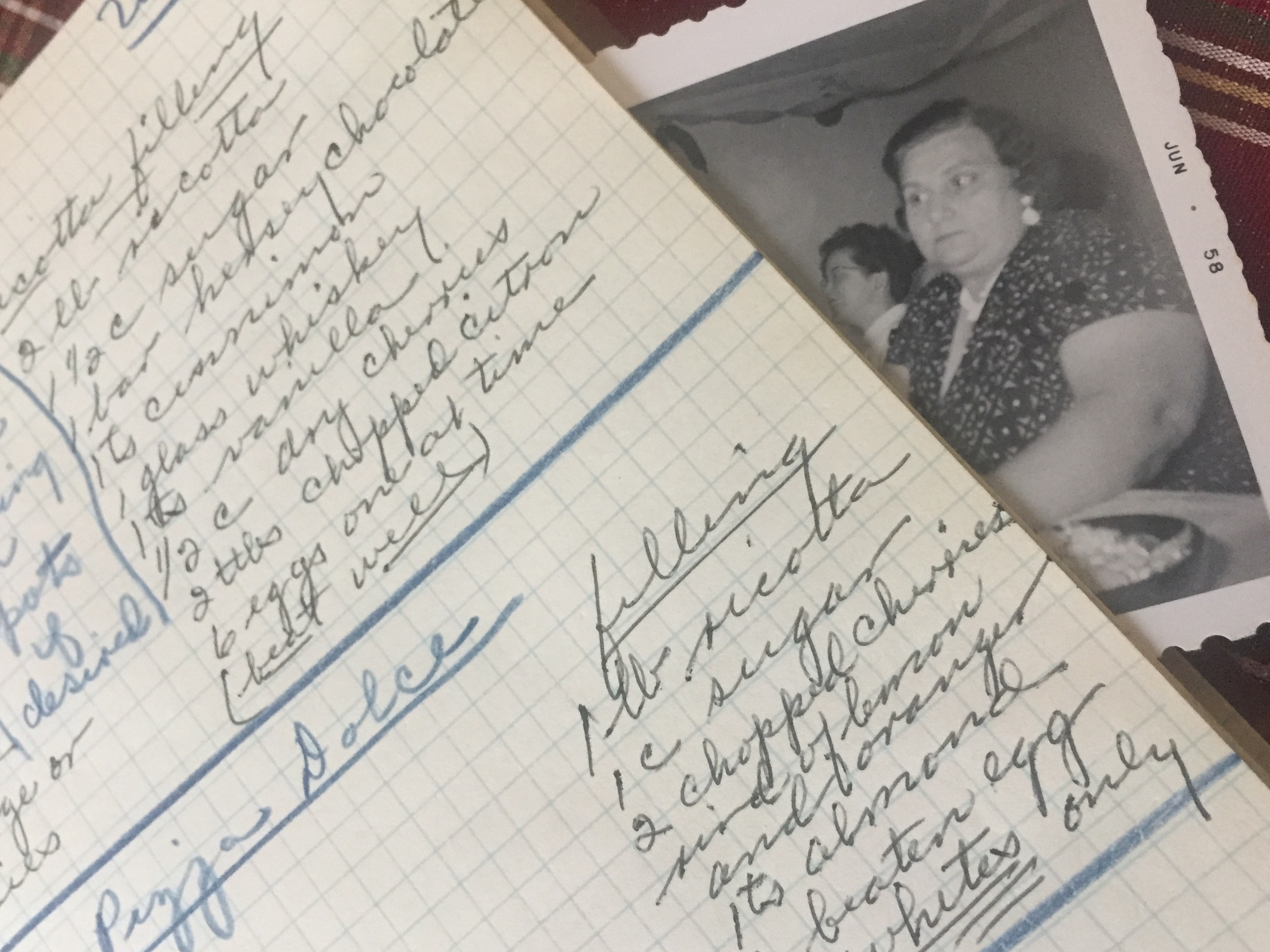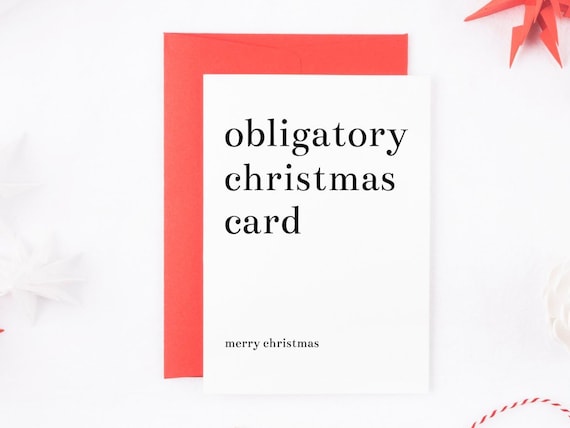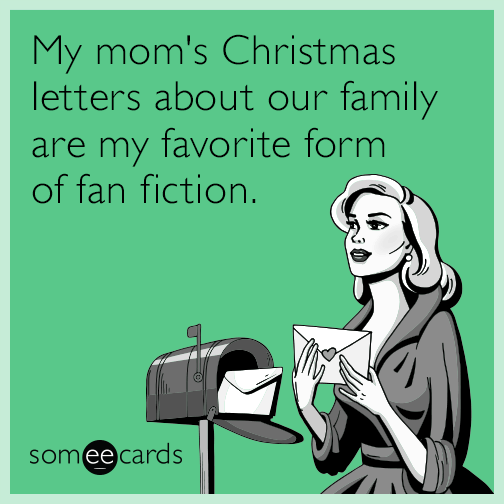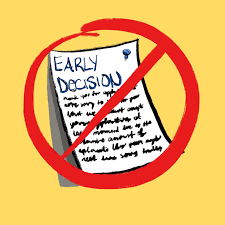
When I retired after a twenty-year career as a public school counselor, I opened my own small independent college counseling business. For the past five years, I have assisted students in choosing colleges, completing the Common App, and writing polished essays. My entrepreneurial endeavor provided a soft landing into my post-career life, a way to employ my skills on my terms. I liked working with kids and was not ready to give up that privilege.
My small business addresses a need for the college-bound set. The families who hire me as a college guru are affluent or at least comfortable. They tap into my expertise to demystify the college application experience, which can be daunting, especially for first-timers. I specialize in diffusing parents’ anxiety and breaking down the steps of the application process. I feed parents’ hunger for information and provide an antidote to the hype overheard at the soccer field, the prattle of moms in yoga pants, who after a few campus tours, become mathematicians as they spew calculations about the chances their kids have of “getting in” to their dream schools. These same moms complain about the shortcomings of their guidance offices, contributing to my steady stream of clientele. On some level, I owe them my success.
By hiring a private, professional college counselor, parents hope to be spoonfed information they might have missed at a high school college planning event, a college fair, or a financial aid presentation. Some of these parents believe they are hedging their bets by giving their children a leg up on the thousands of kids competing for the same coveted seats at Ivies, Baby Ivies, and moderately selective schools. I’m not judging–whatever the motivation, I am there to help.
A desire to ensure their child’s happiness and future success makes parents highly suggestible subjects in the mesmerizing college admissions process. Rows of moms and dads flanking their starry-eyed cherubs fill lecture halls and auditoriums at autumn college open houses. When an admissions director proclaims, “Last year we had 35,000 applicants. We only accepted 18%,” an audible collective gasp predictably rises from the crowd. The audience has no reason to distrust these figures, and the data is difficult to fact-check. One of my parent clients recently said, “My wife is a little more skeptical, but why shouldn’t I believe what the college rep says.” I appreciate his honesty and cringe at his trust in a less-than-transparent process. I have bad news–the data provided by the college may not be accurate. Only the colleges know the exact numbers and how they are skewed. More importantly, each college decides how the data is reported.
The waters of the turbulent college admissions sea have become increasingly muddied by a palpable push to encourage students to apply via the Early Decision (ED) option. Students who apply via ED commit fully to their prospective college. They pledge to rescind any other applications they may have submitted via other non-binding admissions plans like Early Action and Regular Decision. Each student, along with their parent and school counselor, signs to confirm the student’s resolve and single-mindedness. Their parent assumes responsibility for the tuition without knowing if the student will be admitted and without any guarantee that any financial aid will be forthcoming. Early Decision mirrors a dysfunctional relationship where one partner pledges undying love, not knowing if the feeling will be reciprocated. They don’t balk at writing an annual check for $75,000 or more. In my opinion, no school or its prestige merits this type of risk.
As a school counselor, I discouraged my students from choosing Early Decision on their application. The process benefits colleges, not students. One Boston area university touts having filled 51% of the seats in the Class of 2026 with Early Decision applicants. The message is clear: a student’s odds are better if you apply ED. But in truth, ED helps colleges fill their seats with unflinching devotees who are happy to come laden with cash to their esteemed institutions. The winner in this game is the university. The ED crowd isn’t looking for financial aid, and they pledge to pay full boat.
A few of the students I work with in my private practice embrace Early Decision as their best bet for college acceptance. They have attended the admissions presentations at their dream colleges, and even if they sense inequity in the ED process, they buy into the perceived advantage ED. They also have the financial means to commit without knowing the tab. Many students are not that fortunate.
Equity is never part of the Early Decision conversation. The practice is innately exclusionary, almost proudly so. It discriminates against kids from the inner city, students of color, and low-income families who may hesitate to sign on to uncalculated college debt when getting by every day is a challenge. Despite claims of being need-blind, the admissions process is a numbers game, both in headcount and cash flow. It’s pay-to-play, and never has the inequity been more on display than in the push for Early Decision applicants at elite colleges.
Colleges have unapologetically created a dystopian admissions culture, and Early Decision elevates the dysfunction to an uncomfortable place where less affluent students are at a clear disadvantage. Without a guarantee of financial backing from a college or university, it’s logical to understand why a low-income student would shy away from applying via the Early Decision. It’s also clear why the student with the financial means would embrace it. It also begs the following questions: Is there an inherent message in the choice to apply via Early Decision? Are applicants making a statement of their own–staking their claim to white privilege and the perks of affluence to the exclusion of less-fortunate peers? Ignorance of this tacit message is as disturbing as the colleges’ greed.
Early Decision by design lines the pockets of colleges with certain income while excluding poorer kids who are qualified for admission, students who hesitate to saddle themselves with hundreds of thousands of dollars of debt. In a time when the Supreme Court rules on the inequity of affirmative action, the practice of Early Decision tips the scales to the opposite end of injustice.
It’s legalized financial discrimination.




